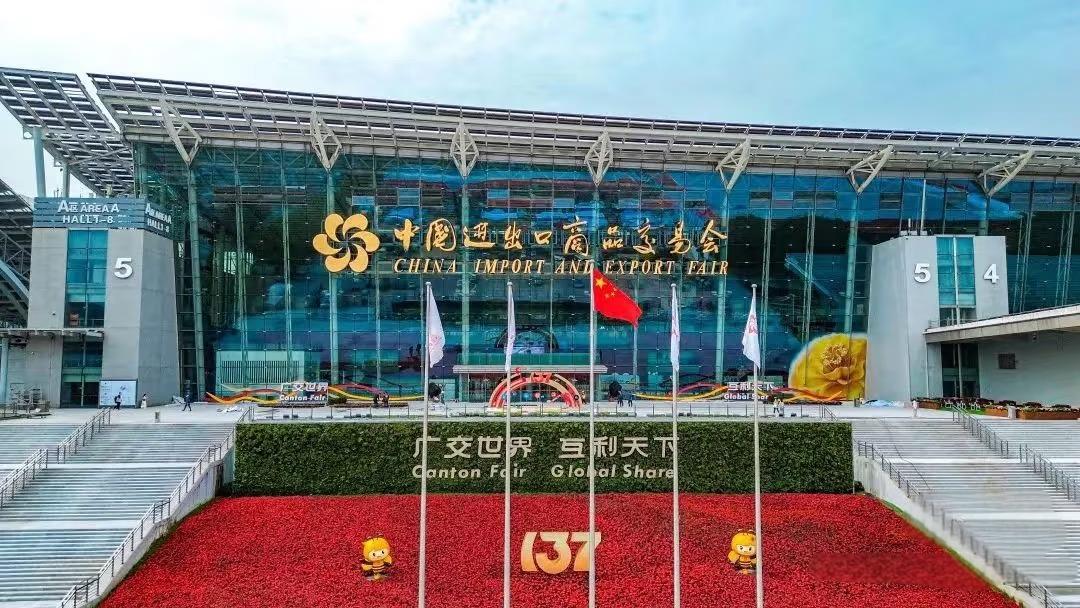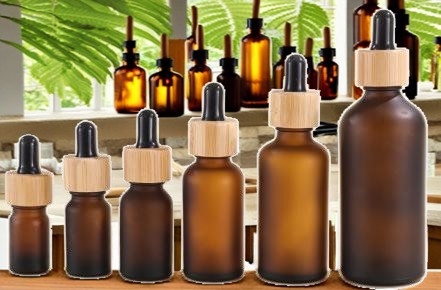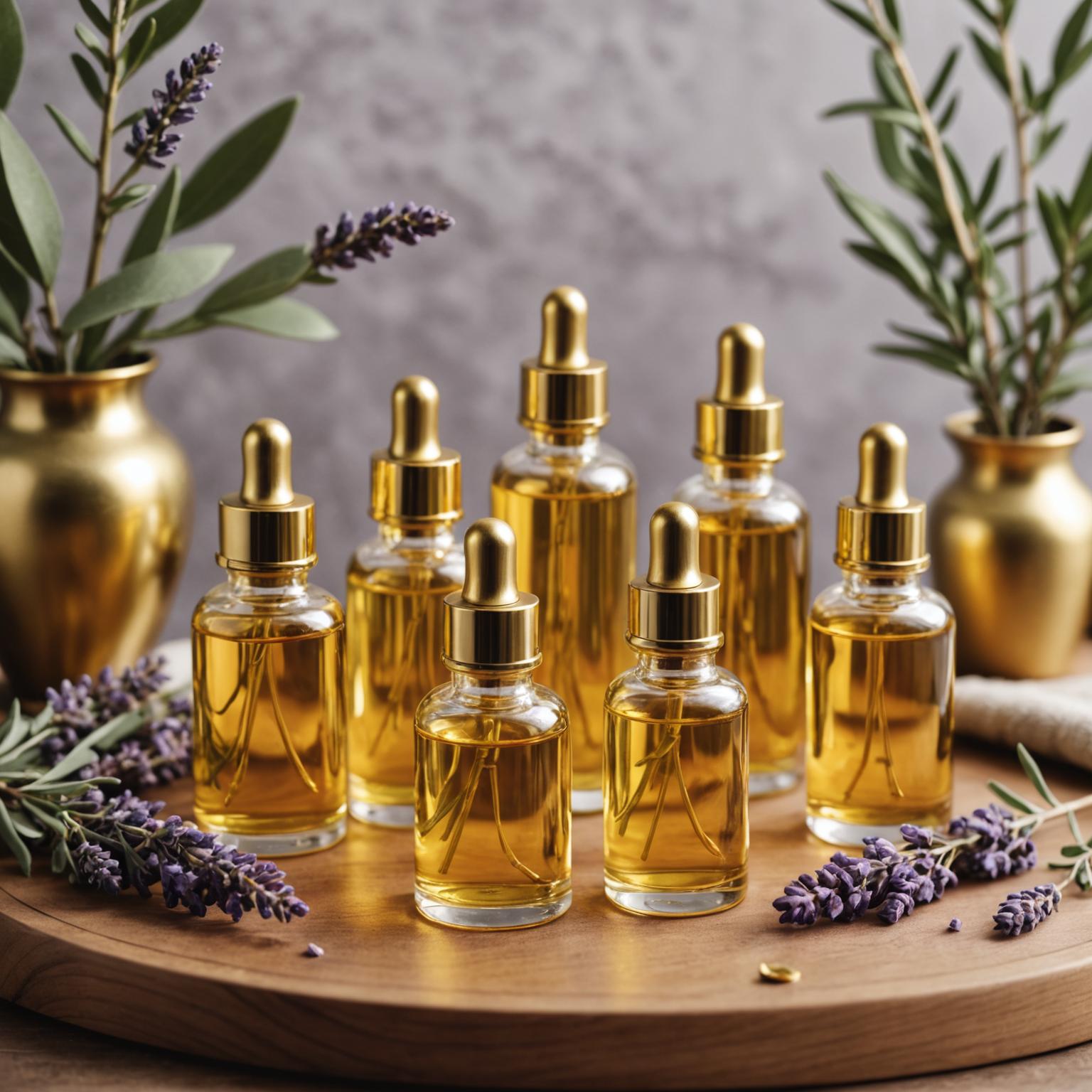Essential oils are powerful—but it's the packaging that protects, elevates, and sells them.
Custom essential oil packaging refers to tailor-made bottles, caps, and boxes designed to store, preserve, and promote essential oils, often with branding and material enhancements.
What is the best packaging for essential oils?
Glass, airtight, UV-resistant, and easy to dispense—those are the non-negotiables.
The best packaging for essential oils is amber or cobalt blue glass bottles with airtight closures like droppers or euro caps that prevent oxidation and degradation.
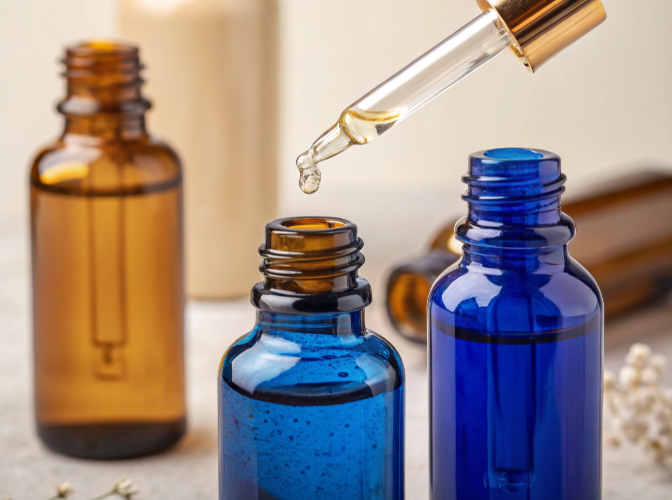
Packaging Breakdown:
| Element | Recommendation |
|---|---|
| Material | Amber/Cobalt Glass |
| Closure | Dropper, Euro Cap, Rollerball |
| Outer Protection | Foam Insert Box, Tamper-proof Seal |
Each element ensures the oil maintains purity, extends shelf life, and aligns with brand aesthetics. Proper packaging is especially crucial for volatile oils that oxidize quickly, like citrus blends.
Can you fly internationally with essential oils?
Yes, but it depends on how you pack them.
Essential oils are allowed in both carry-on and checked luggage if they're under 100ml per container and packed securely in a resealable clear bag.
Air Travel Essentials:
-
Leak-proof dropper bottles
-
Tight screw-on caps with inner seals
-
Clear labeling (botanical name + volume)
-
EVA foam or velvet pouches to prevent impact damage
For brands selling travel sets, packaging should comply with TSA and IATA guidelines. We recommend 5ml or 10ml bottles with compact outer boxes for retail.
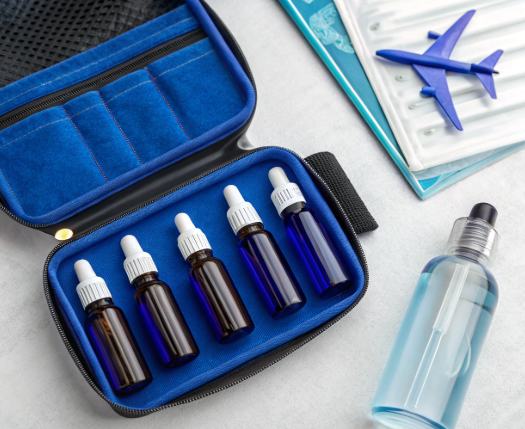
What is the 30/50/20 rule for essential oils?
It's the golden ratio of aroma blending.
The 30/50/20 rule refers to essential oil blending: 30% top notes, 50% middle notes, and 20% base notes for optimal aromatic harmony.
Blend Ratio Table:
| Note Layer | Percentage | Examples |
|---|---|---|
| Top | 30% | Lemon, Bergamot, Peppermint |
| Middle | 50% | Lavender, Rosemary |
| Base | 20% | Sandalwood, Patchouli |
Packaging can reflect these layers via color coding, printed pyramids on box sides, or scent guide inserts. It helps consumers understand purpose-driven blends like "Focus," "Calm," or "Energize."
Are you allowed to ship essential oils?
Yes—with the right materials and documentation.
Essential oils can be shipped internationally, but require protective packaging, labeling, and possibly SDS/MSDS documentation, depending on country and carrier.
Shipping Checklist:
-
Shock-absorbent inserts (foam or corrugated cutouts)
-
Leak test passed for bottle + closure combo
-
Tamper-evident shrink bands
-
UN number labeling for citrus or ethanol-heavy oils
Carriers like FedEx and DHL often classify citrus oils as "Limited Quantity Hazmat," especially for air freight. Always double-check their guidelines. Our packaging includes molded trays and corrugated box reinforcements that pass ISTA 3A testing.
What essential oils should not be mixed together?
Some combinations are unsafe or ineffective.
Avoid mixing oils with opposing therapeutic actions or high dermal irritation risks unless properly diluted.
Unsafe Mixes Table:
| Combination | Why It’s Problematic |
|---|---|
| Peppermint + Chamomile | Stimulating vs Sedative effects conflict |
| Cinnamon + Clove | Hot oils, high skin irritation risk |
| Lemon + Direct Sunlight | Photosensitivity (UV reactivity) |
Educating customers via box infographics or warning labels helps reduce misuse. For example, icons showing “Not for Sun Use” or “Dilute Before Skin Application” are effective.
What does 40 42 mean with essential oils?
It’s all about consistency.
“40/42” refers to a standardized lavender essential oil containing 40% linalool and 42% linalyl acetate—used for consistent scent in personal care products.
Labeling Considerations:
-
Indicate “Standardized Lavender 40/42” vs “Wildcrafted Lavender”
-
Add QR code for GC/MS test results
-
Include intended use: soap, candle, massage oil
Many manufacturers blend several lavenders to meet the 40/42 profile. Though not considered “pure” by aromatherapy purists, it’s ideal for commercial consistency in soaps, lotions, and perfumes.
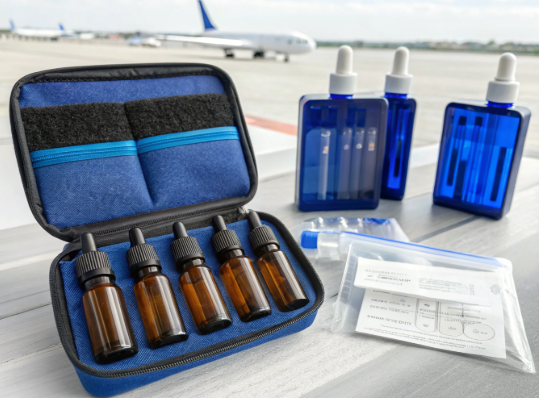
What else makes great custom packaging?
It’s not just the bottle—it’s the unboxing.
Smart packaging combines functionality with storytelling, turning a dropper bottle into an immersive brand experience.
Key Features to Consider:
-
FSC-certified rigid box with soft-touch lamination
-
Custom-molded inserts or paperboard dividers
-
Inside lid printing: “How to Use” or brand mantra
-
Embossed foil logo and batch number sticker on base
Brands should treat packaging like a silent salesperson: it should answer questions, inspire confidence, and reflect your essence. Think of it as product + presentation = perception.
In Summary
Custom essential oil packaging is more than a protective shell—it's a medium to inform, protect, seduce, and sell. From air-tight glass to foam-lined eco-boxes, every decision tells your brand story.
When done right, custom packaging helps elevate your oils beyond the formula—into memory, emotion, and loyalty.



